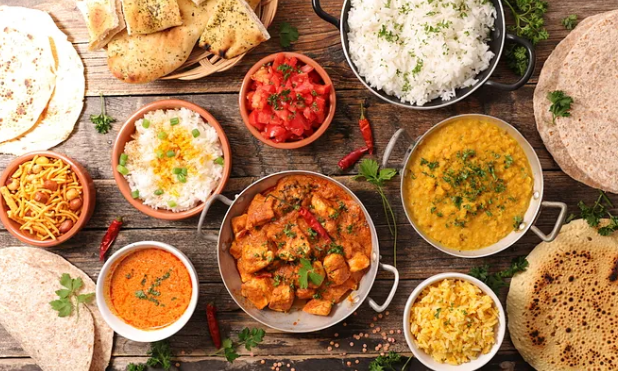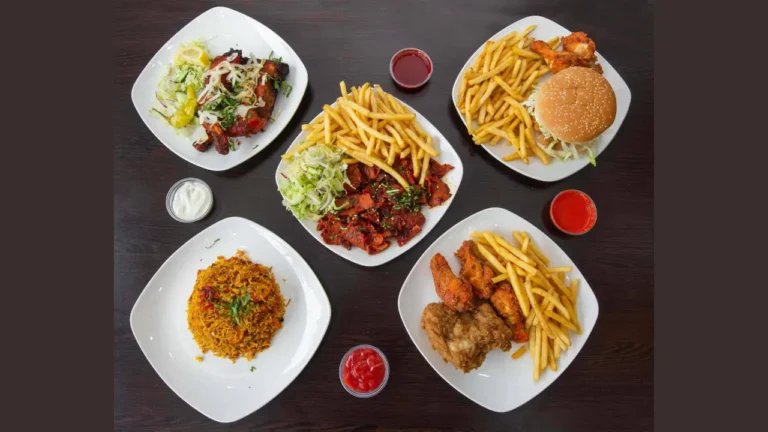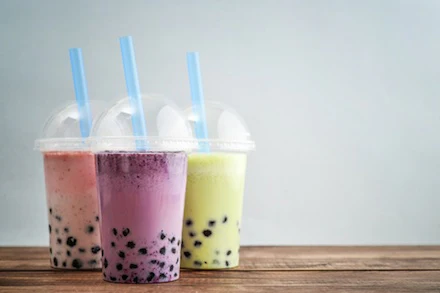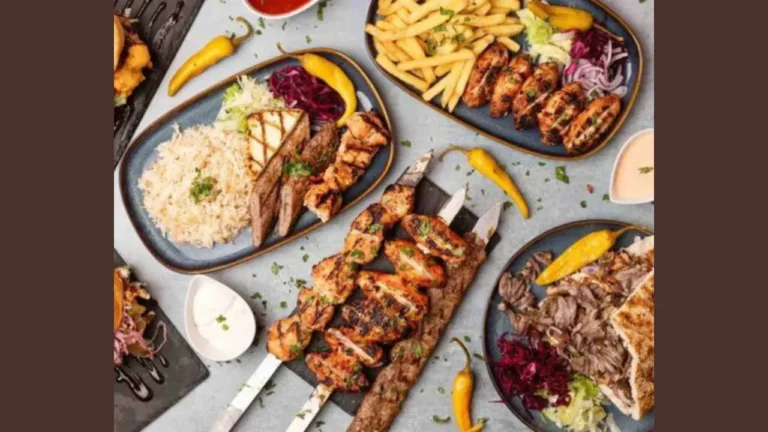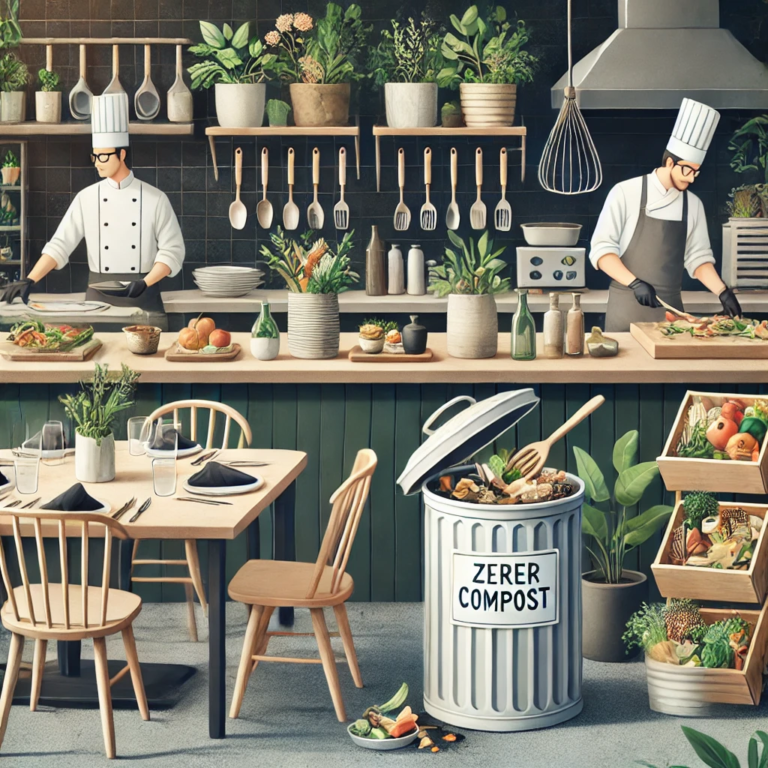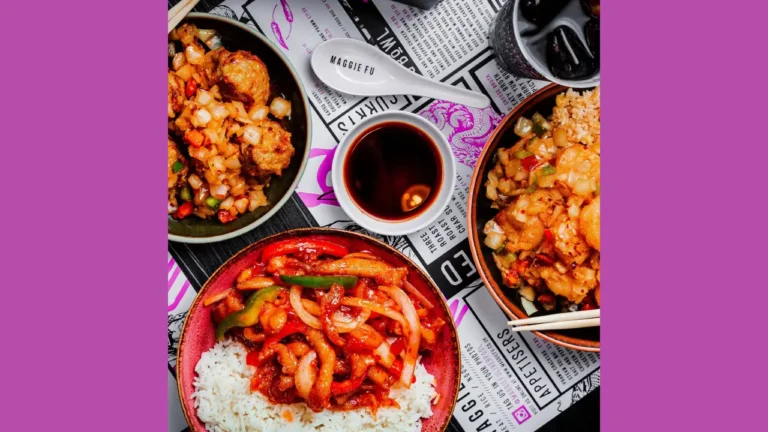Breaking The Myth Of Homogeneous Indian Cuisine
India is one of the two most populated countries on the Asian continent, the other being China. Both these countries make up 36% of the global population. Other than being a populated country, India has beautiful places, which makes it a country with a higher tourism rate than other Asian countries. One misconception about India is about its food. Before the partition of India, when it was a part of the sub-continent, Britishers used to trade spices from India. These Britishers often highlighted the use of spices in Indian cuisine and emphasized the exotic and intense flavors.
Spices are one of the defining features of this country. So people assume that as spice production, especially chili peppers, is a lot in India, their foods are also very spicy. However, there is so much variety in this cuisine. Here, people have South Indian food, North Indian, West Indian, and so many others. If we only talk about South Indian food, then chefs from all over the world visit India to learn about this cuisine, which comprises Vada Pav, Idli, Sambar, etc. Hindi to English translation services are of special help in this regard.
India – A Country Famous For Its Liveliness
India is of course a very famous country and we all know a thing or two about it. Its cities like Bengaluru, Chennai, etc are called the Silicon Valley of Asia. Despite being such a famous country, there are some things that world audiences assume about it. The homogenous nature of Indian cuisine is one thing. India is also called the “Land of Festivals”. Its vibrant festivals like Holi, Diwali, and Navratri capture the attention of world audiences.
The medical and healthcare sector further attracts international audiences who are seeking great health facilities and treatments. Apollo Hospitals Ramnagar Vizag in Visakhapatnam India is especially famous for state-of-the-art methodologies and skilled medical professionals. Telugu translation services are very important in this regard as they help foreign audiences translate their medical documents into Telugu for efficient medical treatment.
Is Indian Cuisine Really Just All About Spices?
Despite the heavy production of spices in India, Indian cuisine is not all about spices. Just because Biryani, Chicken Tikka, Samosay, and Tandoori Chicken are part of Indian food and are very spicy, it doesn’t mean all Indian food is spicy. There is South Indian food that is not spicy. Rather, mild spices are used in it to make it super nutritious for people. There is a large number of people in India who are vegetarian. These people deliberately use low spices to make their food healthy so that they remain fit.
The Excessive Use of Dairy Products
Dairy products are consumed in the country in a very large amount. Yogurt and paneer are especially used in breakfast so that the start of the day is with some healthy food.
Fruits and Vegetables
India is an agricultural country, so it produces fruits and vegetables on a huge scale. Talking about 2022-21, India exported vegetables, which amounted to USD $721.47 million, and fresh fruits at USD $765.62 million.
Grains and Cereals
Rice and wheat are very much liked by the Indians. Bread and rice are both compulsory in every Indian food. If you notice, Indians don’t just eat one dish, rather their plate consists of a small portion of cereal, vegetables, rice, meat (in the case of non-vegetarians), bread, and rice. Sweet dish is of course a must-have food item. Hence, their plate is full of nutritious food. Even if one dish is spicy, the other 3 to 4 dishes somehow create an equilibrium so that their food contains a great nutritious value.
There is no doubt that spices are a part of Indian cuisine, they just complement the food. They aren’t the whole story of this cuisine. They enhance the taste of the food. For instance, in Bangladesh, seafood is very famous. Now that seafood isn’t always consumed with spices. Slow cooking of fish in nothing but just steam and salt, brings delicious flavor.
Regional Foods and Their Individuality
Indian cuisine is a varied one. You will find different tastes in every city. For instance, the Biryani of Mumbai will be different from that of New Delhi. Hence, spicy and non-spicy food is really about the taste and preference of the people, not about what people designate it to be. Regional foods like Idli, Dhokla, and Khaman are not at all spicy. Rather, they have a sweet taste, which is necessary after a complete meal. Tourists who take an interest in this cuisine opt for Hindi to English translation services for the translation of cookbooks. Sher-E-Punjab, Badmaash, Vik’s Chaat Corner, etc., are a few of the famous Indian food restaurants in America that have adopted this cuisine with the help of translation.
Final Words!
To sum up, Indian cuisine is a mixture of spicy, tangy, and sweet foods. The regional foods of India have their individual taste which not only showcases the richness of food but also displays the culture of India. This cuisine of India brings food enthusiasts, bloggers, tourists, and chefs from all around the world to witness this nutritious cuisine.

